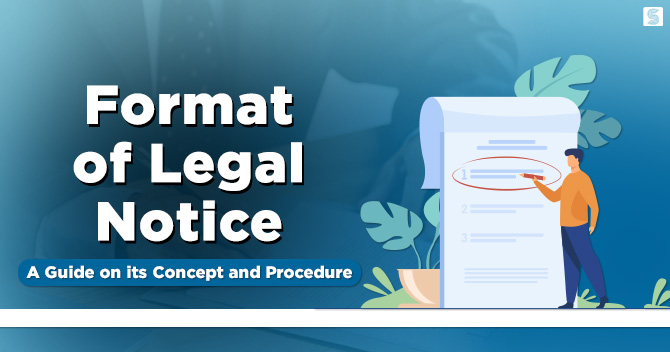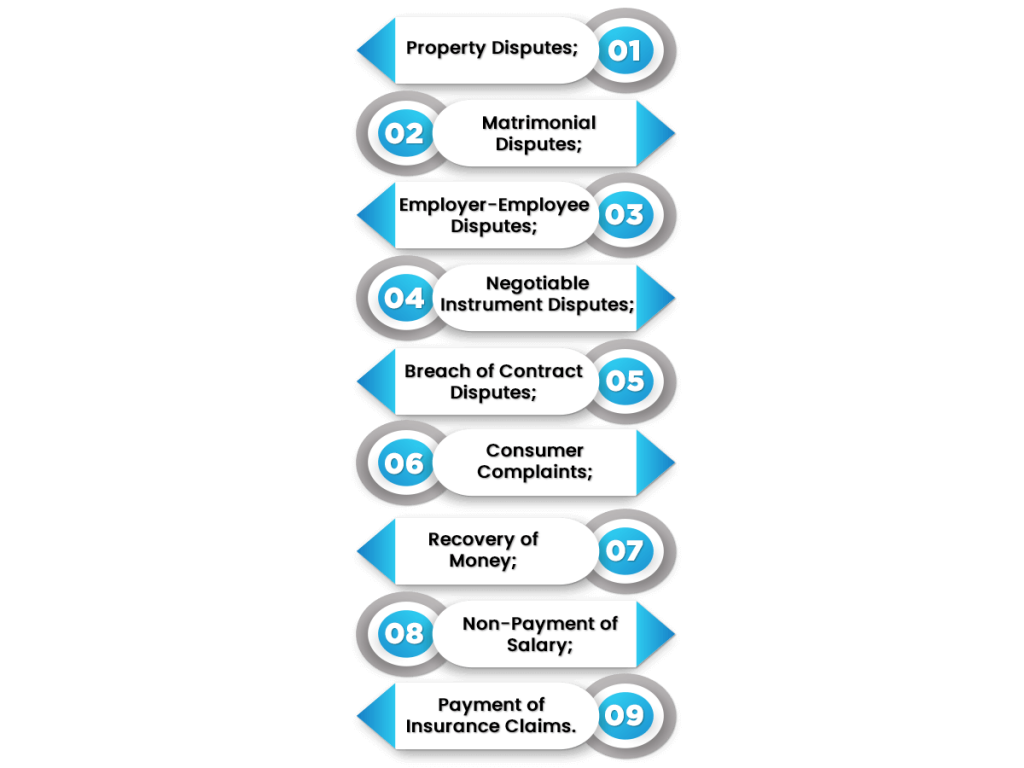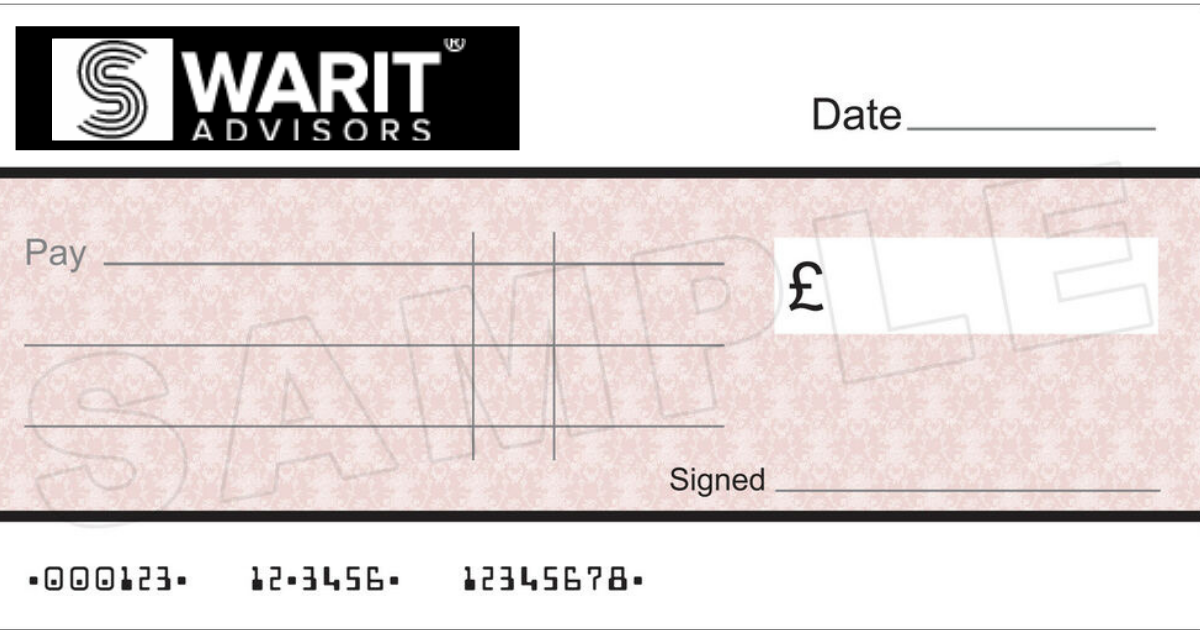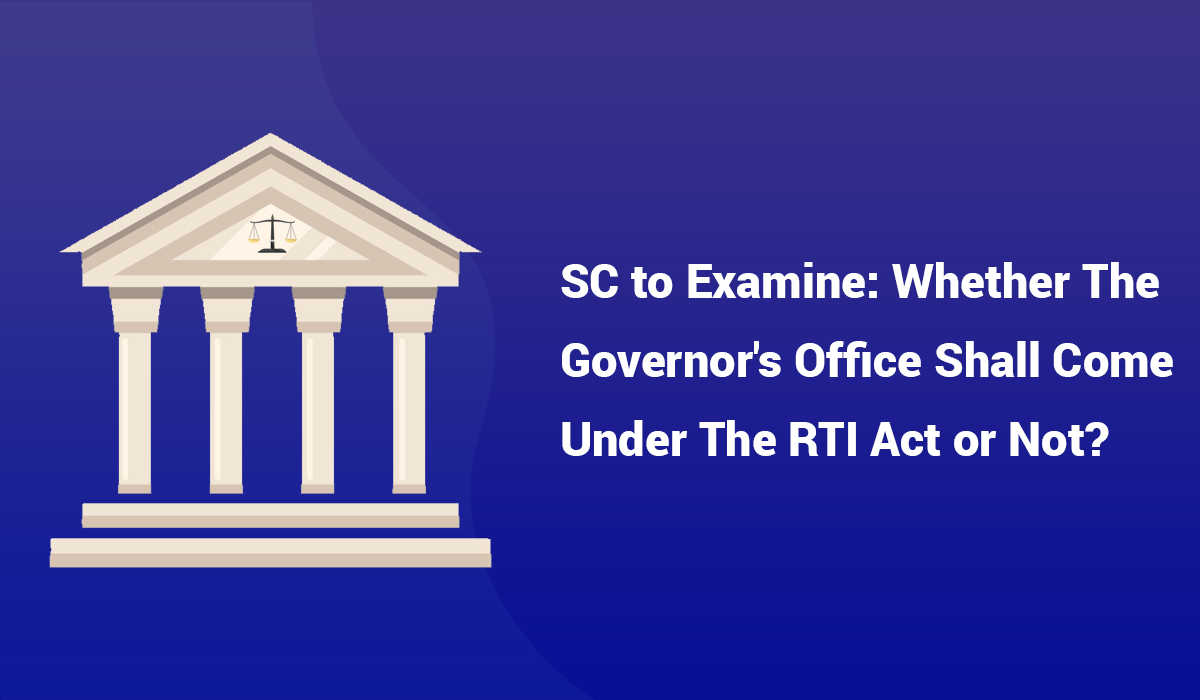Format of Legal Notice: A Guide on its Concept and Procedure

Shivani Jain | Updated: Jul 10, 2020 | Category: Legal
Whenever any dispute arises, the affected party can initiate legal action against the defaulting party. Legal Action denotes the filing of a suit in the court of law. However, there is a need to inform the other party about the suit through legal notice. In this blog, we will discuss the Format of Legal Notice in India.
Table of Contents
Concept of Legal Notice in India
A legal notice is a formal intimation/ communication by one person to another person. In this communication, the former party informs about his intention to take legal action against the latter party. Therefore, it is a step prior to filing a lawsuit in India.
Parties involved in a notice are Sender and Addressee. The person sending the notice is known as ‘Sender’, and the person receiving it is the ‘Addressee’. A Legal Notice can only be sent in Civil Cases.
This legal document provides an opportunity for the addressee to put forward the story of his side in an amicable manner. That means it acts as a way to solve a dispute without recourse to the court. If a person wants to file a civil suit against the Government, then he/she needs to first serve a legal notice to that Governmental Organisation.
Further, proof of service means the delivery of the legal notice to the addressee. Proof of service also includes the situation where the addressee refuses to accept the notice.
Furthermore, under section 138 of the Negotiable Instruments Act and section 80 of CPC, it is mandatory to send a notice to the opposite party.
Format of Legal Notice: When to send?

The cases in which a person can send legal notice are as follows:
- Property or Sale Deed Disputes;
- Matrimonial Disputes;
- Employer-Employee Disputes;
- Negotiable Instrument Disputes ;
- Breach of Contract Disputes;
- Consumer Complaints;
- Recovery of Money;
- Non-Payment of Salary;
- Payment of Insurance Claims.
Format of Legal Notice in India: Significance
Filling a legal notice is the first step towards the journey of litigation. The aspects in which a notice plays a significant role are as follows:
- Reflects the intention of the sender;
- Provides details about the grievance;
- Offers a chance to solve the dispute amicably.
Benefits of a Legal Notice in India
The following are the benefits of a legal notice in India:
- Reaching Common Decision: A legal notice assists the parties to reach a common decision. It provides an equal chance to both parties to present their issues and complaints.
- Saves Time: The process of resolving disputes through courts is a time-consuming task. In contrast, sending notice provides both parties a chance to save their time.
- Saves Money: A process of litigation involves a lot of cost and money. A legal notice not only saves money but gives a midway to both the parties.
Format of Legal Notice: Essential Information
The format of legal notice includes the information as follows:
- Basic Information: A legal notice contains the sender’s basic information, like name, address, and description.
- Statements of Cause of Action: The matter written in the notice must be in paragraph form. Each paragraph must provide the essential facts, issues, and statements supporting the cause of action. A notice can also contain information about any previous communication between the parties.
- Relief Sought: The last paragraph of the notice should include a detailed explanation of the relief sought by the sender.
Contents of the Format of Legal Notice
The contents of a legal notice can be summarised as:
- Name, residential address, and description of the Sender;
- Name and address of the Addressee;
- Material fact, Cause of Action, and Summary of the Fact;
- Summary of Relief Sought;
- Reasonable Time to File Reply of the Notice;
- Signature of the Lawyer;
- Signature of the Client.
Modes of Sending a Legal Notice in India
In India, the different ways of sending a Notice are as follows:
- Registered Post;
- Speed Post;
- Courier;
- Hand Delivery;
- E-mail;
- Whatsapp.
Steps to Draft the Format of Legal Notice
The steps required for drafting the format of Legal Notice can be summarised as:
- Contact a Lawyer: Only a lawyer has the authority to send a legal notice to the addressee. So, it is necessary to reach out to a lawyer.
- Share Information: A party needs to explain his/her grievance in detail to the lawyer. Details include the name and address of the parties, grievances, issues, and the relief sought.
- Provide Documents: Sender should provide all the necessary documents to the lawyer for filing the legal notice.
- Draft Notice: The lawyer needs to write the legal notice in Legal Language, i.e., either in legal English or Hindi. The notice must clearly specify all the crucial information and previous communications. It should also specify the time period in which the addressee needs to reply. Normally a period of 15 to 30 days from the date of receipt of notice is given to file a reply.
- Sign Notice: The lawyer must sign the notice before sending it to the second party. He can send it either through registered post, courier, or hand delivery. In the case of courier, a lawyer must retain the acknowledgment receipt for future use. He also needs to keep a copy of the notice with himself for future reference.
Process for Replying to Legal Notice in India
In India, the steps included in the process for replying to legal notice can be summarised as:
- Read the Notice: When an addressee receives a legal notice, he/she must read the contents of the notice carefully to understand the issue and complaints raised. The addressee or receiver can call the sender for resolving the issue amicably.
- Contact a Lawyer: It is always advised to consult a good lawyer or law firm for replying to a legal notice. A lawyer will keep track of the time in which he needs to file the reply to the notice.
- Brief the Lawyer: Next, the receiver needs to explain his side of the story to the lawyer. He needs to provide details relating to facts, events, time duration related to issue. This information will assist the lawyer in drafting a proper reply for the receiver. Further, a lawyer must mention, ” Dear Sir, I write this reply on the instruction and on behalf of my client” in the reply.
- Send Reply: After drafting the reply, the lawyer needs to send it through courier, post, or hand delivery. A lawyer needs to keep a copy of the reply with him for future reference.
Consequences of Not Responding to Notice
“I, therefore, call upon you by through this Notice, to make the payment of amount Rs____ to my client. Payment must be made together with interest up-to-date, under intimation to me, within a period of 15 days. Notice failing, which my client has given clear directions to me to file civil as well as a civil suit.
My client has also asked me to file a suit for recovery in the competent court of law and in that event, you will be fully responsible for all costs, risks, expenses, responsibilities, and consequences thereof. Please note well.”
The above two paragraphs clearly state that if the addressee does not respond to the notice with 15 days, he will be responsible for both cost and litigation. Therefore, legal notice acts as a warning for the person to whom it is sent.
Conclusion
A legal notice is a formal communication and the first step towards the journey of legal proceeding. Therefore, there is a need to follow the specified format of legal notice for addressing all the issues of the complaint.
A well-drafted legal notice can assist the parties to resolve their arguments and disputes amicably. That means resolving the disputes without engaging in the hassle of a formal legal proceeding.














